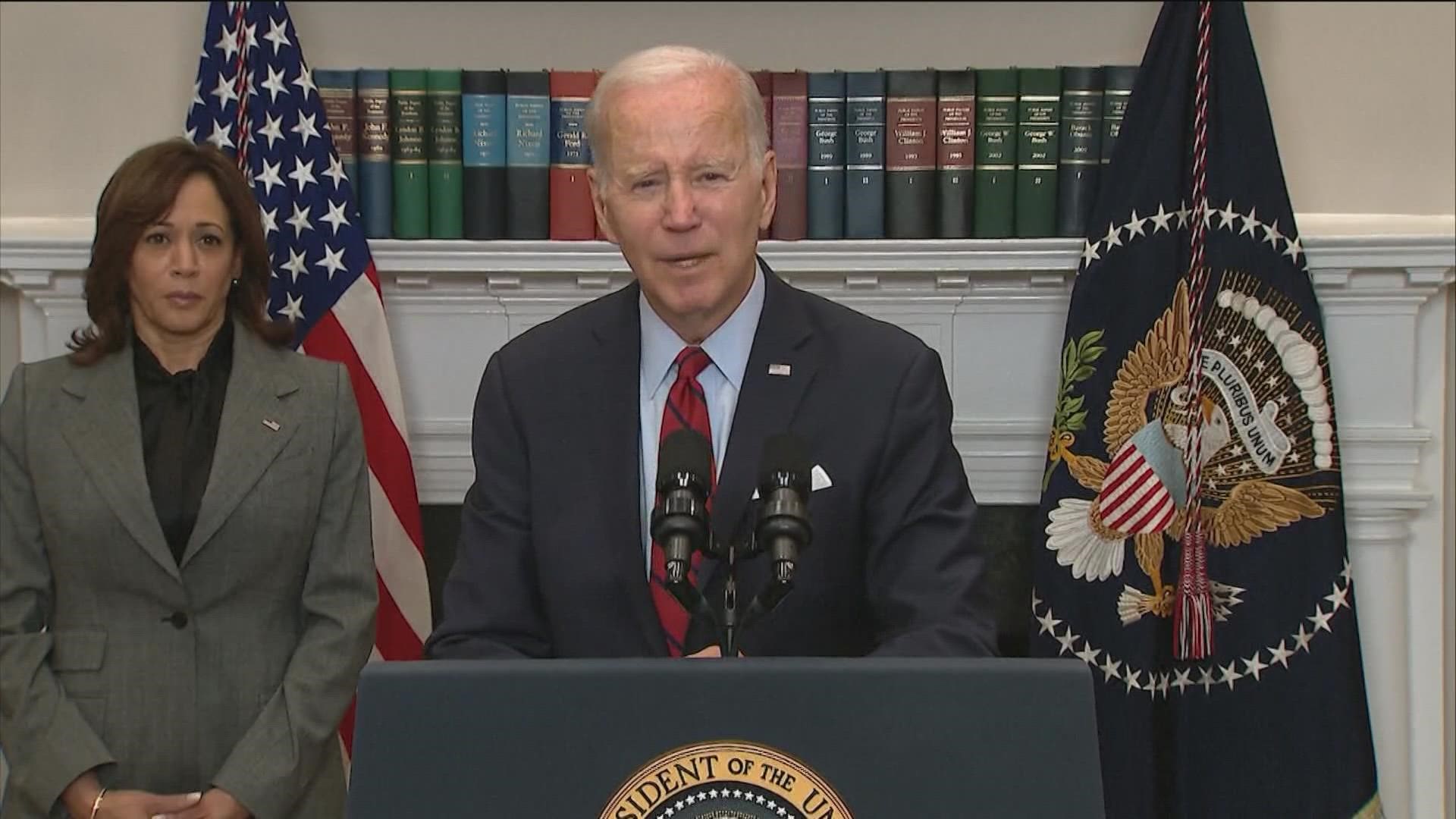EL PASO, Texas — President Joe Biden's first visit to the border in his presidency comes after new announcements were made regarding border security.
Some migrant advocates and immigration experts say some of the president's new guidelines are even more strict than Trump-era policies.
At first glace, there are now going to be stricter policies when it comes to things like expedited removal of illegal immigrants in the U.S., but also expanding pathways for what the Biden-Harris administration describes as safe and legal migration.
However, some say it would have been helpful for the president to have visited sooner, to have a better understanding of the situation before announcing new enforcements.
"I am an optimist at heart, but I also know that when a president comes to a place, the experience is very curated. For example, there were migrants in El Paso who were moved because the president was coming," said Kate Lincoln-Goldfinch, an immigration attorney based in Austin.
"I definitely wish that more advocates would have been included in the visit, but I think it's really important for the reality check of what it looks like," said Melissa M. Lopez, the executive director of the Diocesan Migrant and Refugee Services in El Paso.
Lopez's group focuses on providing legal representation and advocacy to migrants coming through the region.
Days ago, the Biden administration announced a new set of guidelines, including some that extend beyond Trump-era policy and others like the allowance of 30,000 migrants seeking asylum to enter the U.S. monthly and stay for at least two years.
"When you think about 30,000 people per month and you look at the number of people that are trying to enter the United States on a monthly basis, it's just not enough," Lopez said.
Lincoln-Goldfinch said the border sees many more asylum seekers than what will be permitted each month, creating a dangerous situation at the border for migrant families.
"That population has grown and it has been a dangerous place for many migrants. Cartels often kidnap migrant families who are vulnerable in Mexico. They're not in their home country," she said.
So, what is the answer at the border?
It's one of the most controversial topics in terms of legislation, but both Lincoln-Goldfinch and Lopez say there are solutions, including proper and expanded processing for asylum seekers as well as those simply seeking a fresh start in the U.S.
"What that does is that then provides them the ability to leave these local communities because most of them have family beyond borders. Most of them don't have any intention of staying in border communities," Lopez said.
"If there are ways for people who are not asylum seekers to come here and work legally to support the jobs that we actually need them to do here in the United States, it's going to reduce a lot of the southern border issue," Lincoln-Goldfinch said.

